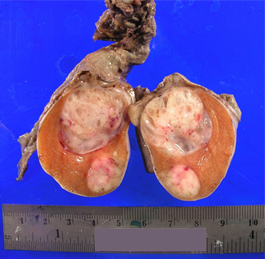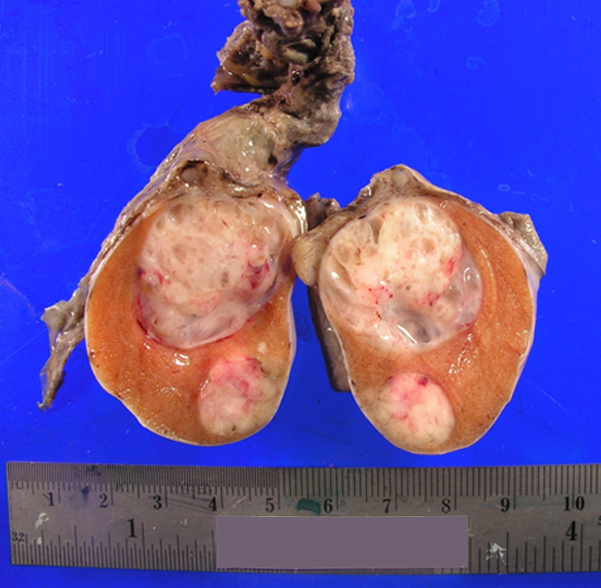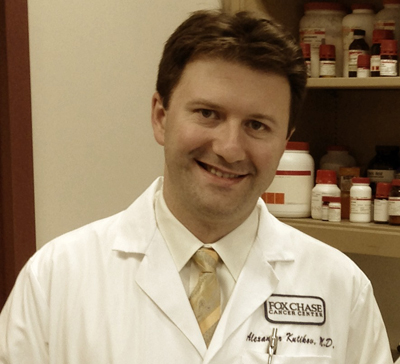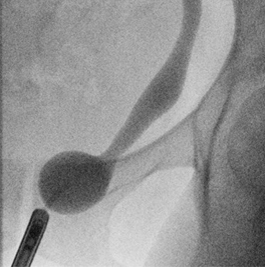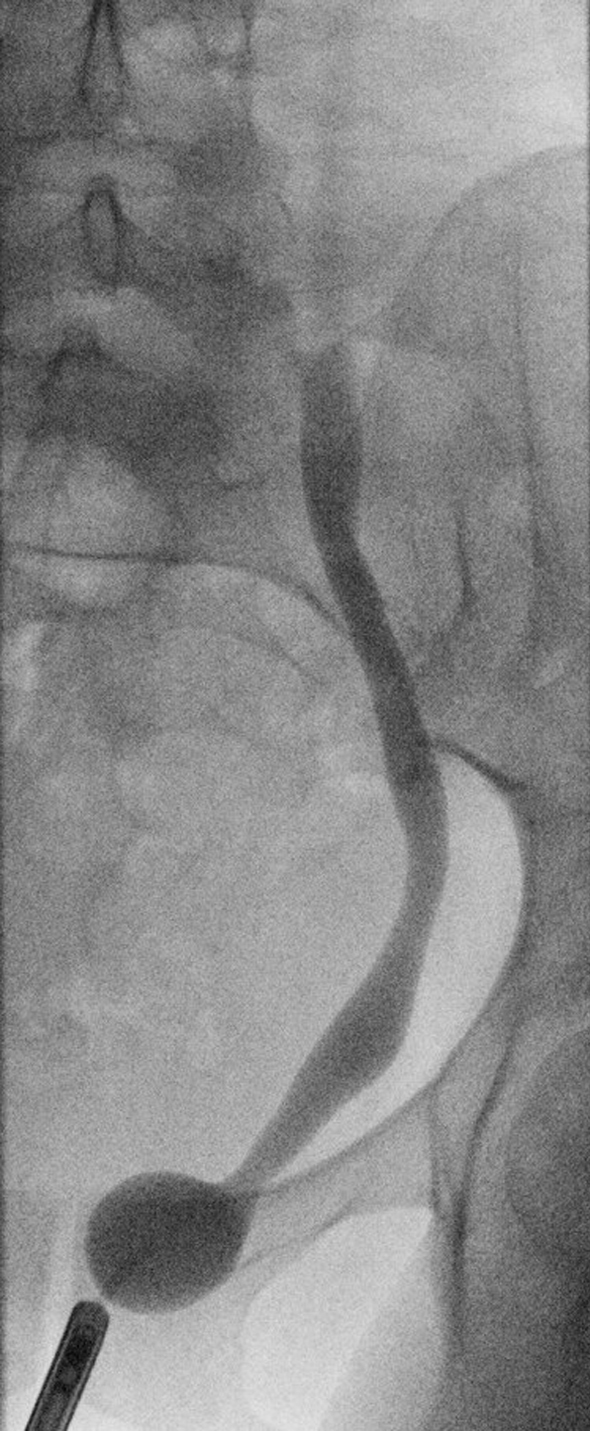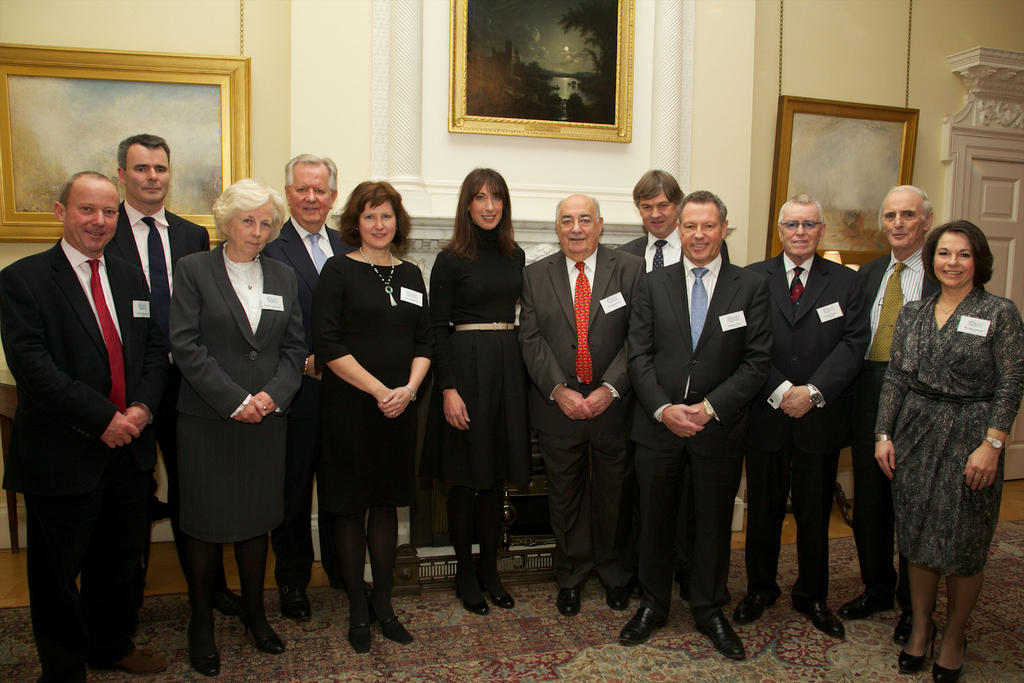John W. Davis and Prokar Dasgupta*
Departments of Urology, The University of Texas MD Anderson Cancer Center, Houston, TX, USA and *Guy’s Hospital, Kings College London, London, UK
e-mail: [email protected]
For men at significant risk of dying from untreated prostate cancer within reasonably estimated remaining life spans, which technique offers the best disease-free survival: open radical prostatectomy (RP) or robot-assisted RP (RARP)? The practice patterns in many countries suggest RARP, but many concerns have been raised about the RARP technique for high-risk disease, including positive surgical margin rates, adequate lymph node dissections (LNDs), and the learning curve. In this issue of the BJUI, Silberstein et al provide a convincing study, short of a randomised trial, that suggests that in experienced hands both techniques can be effective, and that surgeon experience had a stronger effect than technique. In contrast to large population-based studies, this study sought to take the learning curve and low-volume surgeon variables out of the equation by restricting the inclusion criteria to four high-volume surgeons from a single centre. The follow-up is short (one year), and may underestimate the true biochemical relapse rates, and needs follow-up study, but for now offers no difference in relapse rates nor pathological staging outcomes.
Beyond the comparative effectiveness research (CER), Silberstein et al also provide a valuable vision for prostate cancer surgeons using any standard technique. Several recent landmark studies on PSA screening, the Prostate cancer Intervention Versus Observation Trial (PIVOT), and comparisons of metastatic progression between RP and radiation, all indicate the need to shift our practice pattern towards active surveillance for lower risk patients (with or without adjunctive focal therapy, but the former still experimental in our view), and curative therapy for intermediate- to high-risk disease. Such a practice pattern is evident when you compare this study (2007–2010) with a similar effort from this institution (2003–2005) comparing RP with laparoscopic RP (LRP). In the former study, >55% had low-risk disease compared with <35% from the current study. As expected, the present study shows higher N1 stage (9%) and positive surgical margin rates (15%) than the former (7% and 11%, respectively). While erectile function recovery was not presented, the authors noted the familiar reality that patients demand nerve sparing whenever feasible, only 2% in this study had bilateral non-nervesparing and 91% had a combination of bilateral or partial nerve sparing. The number of LNs retrieved has increased from 12–13/case to 15–16, and the authors state that even with nomogram-based exclusion of mandatory pelvic LNDs with <2% risk of N1 staging, this modern cohort had a pelvic LND in 94% of cases, including external iliac, obturator, and hypogastric templates.
We fully concur with this practice pattern, and have recently provided a video-based illustration of how to learn the technique, and early experience showing an increase in median LN counts from eight to 16, and an increase in positive LNs from 7% to 18%. By risk group, our positive-LN rate was 3% for low risk, 9% for intermediate risk, and 39% for high risk. We certainly hope that future multi-institutional studies will no longer reflect what these authors found, in that RARP surgeons are five times more likely to omit pelvic LNDs than open, even for high-risk cancers.
Finally, Silberstein et al and related CER publications leave us the question, does each publication on CER in RP have to be comprehensive (i.e. oncological, functional, and morbidity) or can it focus on one question. Members of this authorship line have published the ‘trifecta’ (disease control, potency, and continence) and others the ‘pentafecta’ (the trifecta plus negative surgical margins and no complications). Indeed, Eastham and Scardino stated in an editorial that ‘data on cancer control, continence, or potency in isolation are not sufficient for decision making and that patients agreeing to RP should be informed of functional results in the context of cancer control’. We feel that the answer should be no, focused manuscripts have their merit and publication space/word limits create this reality. But we should not discount the sometimes surprising results when one institution using the same surgeons and methodologies publishes on the broader topic: the Touijer et al. paper discussed above found the same oncological equivalence between RP and LRP as this comparison of RP and RARP, but also included functional data showing significantly lower recovery of continence with LRP. Nevertheless, the recent body of work in the BJUI now provides a well-rounded picture of modern CER including oncological outcomes, complications, recovery of erectile dysfunction, continence and costs. We feel it is reasonable to conclude that patients should be counselled that RARP has potential benefits in terms of blood loss, hospital stay, and complications (at increased costs), but oncological and functional results are probably based upon surgeon experience.
Abbreviations
CER, comparative effectiveness research; LN(D), lymph node dissection; (RA)(L)RP, (robot-assisted) (laparoscopic) radical prostatectomy





